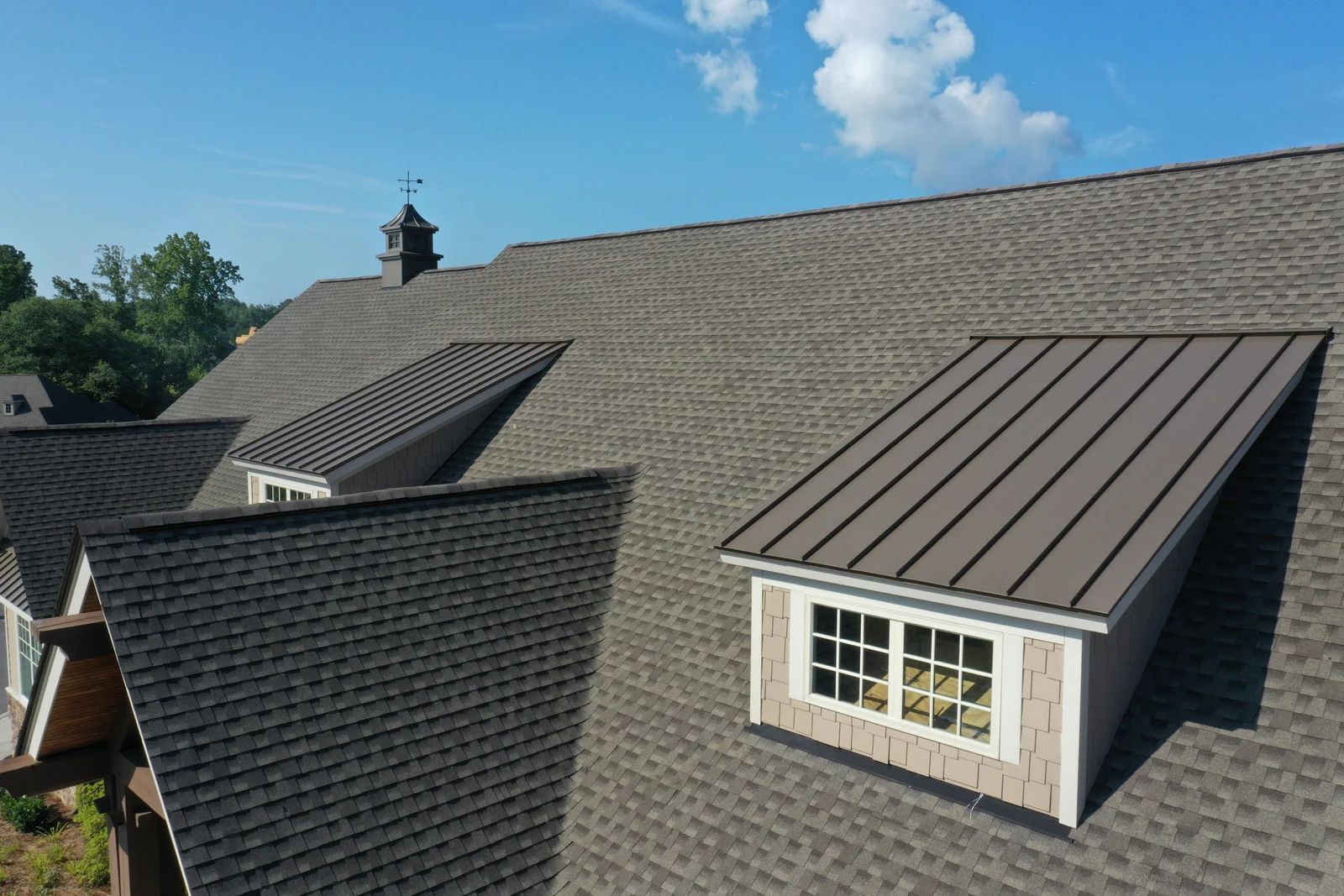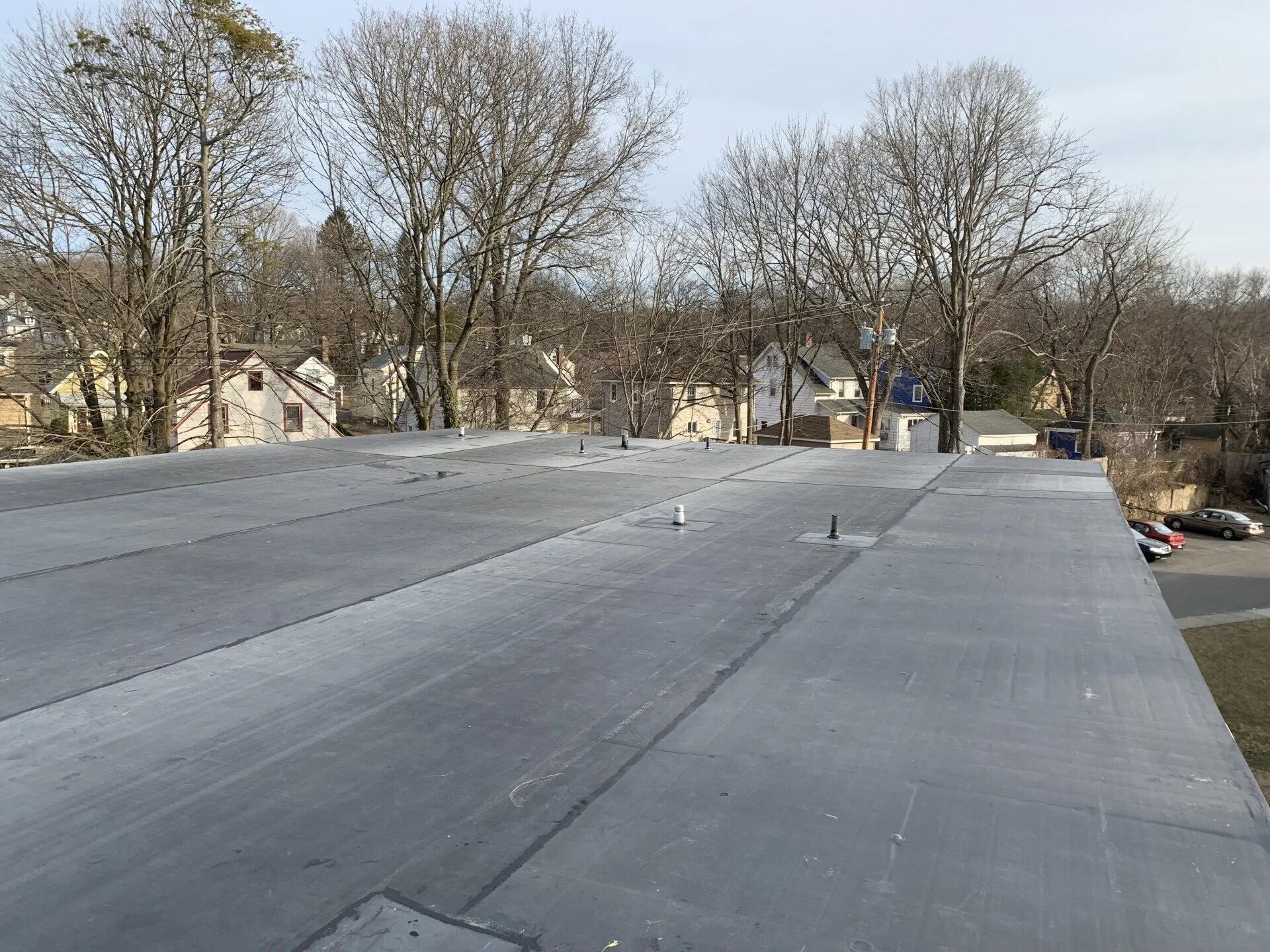How Weather Impacts Flat and TPO Roofs: What Property Owners Need to Know
Flat and TPO (Thermoplastic Olefin) roofing systems are popular for commercial and residential buildings due to their affordability, energy efficiency, and ease of installation. However, weather plays a major role in the performance and longevity of these systems. Understanding how seasonal elements affect your roof can help you prevent costly repairs and extend its lifespan.
1. UV Radiation and Heat Exposure
TPO roofs are designed to reflect sunlight, reducing energy costs by maintaining cooler indoor temperatures. However, consistent exposure to intense sunlight and high temperatures can degrade the membrane over time. The material may dry out, become brittle, or shrink, especially if not properly maintained. Flat roofs, which tend to hold heat longer due to their low slope, are particularly vulnerable during summer months. Regular inspections during warmer seasons can help detect early signs of damage.
2. Rain and Standing Water Issues
Flat roofs are especially susceptible to ponding water after heavy rainfall. If the drainage system is inadequate or clogged, standing water can remain on the roof for extended periods, leading to membrane deterioration and potential leaks. TPO membranes are water-resistant, but prolonged water exposure can compromise seams and flashing. Property owners should ensure proper drainage design and clean gutters frequently to minimize the risk of water damage.
3. Wind Damage and Debris Impact
High winds can lift poorly secured TPO membranes or dislodge flashing around vents and edges. Flat roofs, with their wide and open surface areas, are more likely to collect wind-driven debris, including branches and trash, which can puncture the membrane. After any major windstorm, it’s crucial to check the roof for loose materials, tears, or signs of uplift to avoid bigger structural issues down the line.
4. Snow, Ice, and Freeze-Thaw Cycles
In colder climates,
flat and TPO roofs must contend with snow accumulation and ice formation. The flat design makes it easier for snow to build up, adding weight and increasing the risk of structural stress. TPO membranes can also become stiff and more prone to cracking in freezing temperatures. The freeze-thaw cycle—when water seeps into small cracks, freezes, and expands—can worsen existing damage. Regular winter maintenance and snow removal are essential to protecting your roof in cold months.
5. Seasonal Expansion and Contraction
Temperature fluctuations throughout the year cause roofing materials to expand and contract. This constant movement can stress TPO seams and adhesives. Over time, these joints may separate, creating pathways for water intrusion. A quality TPO installation includes flexible components that allow for movement, but routine maintenance is still key to preserving the roof’s watertight integrity.
Protect Your Roof Year-Round with Expert Help
Proactively managing weather-related risks can greatly improve the performance and life expectancy of your flat or TPO roof. Whether you're dealing with heavy summer sun or icy winter conditions, staying ahead of maintenance is the smartest way to protect your investment. Pinnacle Roofing
in West Haven, CT, has helped property owners protect their buildings from weather extremes for several years. Contact us today to schedule an inspection or learn how we can help you safeguard your roof against the elements.




